“AGE CANNOT WITHER HER, NOR CUSTOM CHANGE HER INFINITE VARIETY”
_ SHAKESPEARE, ANTHONY AND CLEOPATRA
Now in her 96th year, Constance Pearl Morgan is as sharp as a tack, and as up-to-date and knowledgeable of local and world affairs as when she taught “A” level History half a century ago. An arthritic hip might have made her less mobile but the years have not diminished that intellectual sharpness and a voracious appetite for books and reading that has always remained hidden beneath an unpretentious, extremely shy and retiring exterior.
Ask any student who passed through Excelsior High School in Kingston between the 1950s and the 1980s to name one teacher whom they best remember, chances are that teacher would be Miss Pearl Morgan. For over 30 years, she bestrode the campus of one of Jamaica’s iconic co-educational institutions like a colossus. If A. Wesley Powell the school’s legendary founder and Principal was the commander who formulated and set policy from his lofty upstairs office, Pearl Morgan was the Sargeant Major who ‘run tings’ on the ground. She it was, who relentlessly maintained discipline among the student population, and was fiercely and uncompromisingly protective of standards of decorum in and out of the classroom. Dorrett Samms whose years at XLCR spanned the late ‘50s and early ‘60s recalls that Miss Morgan was such a strict disciplinarian that it earned her the nickname Campus Police Man – a play on her initials C. Pearl Morgan. She was especially concerned with the deportment of the girls which is not surprising being an alumnus of St Andrew High School for Girls and having taught at Westwood, another all-girls high school, both founded by religious denominations.
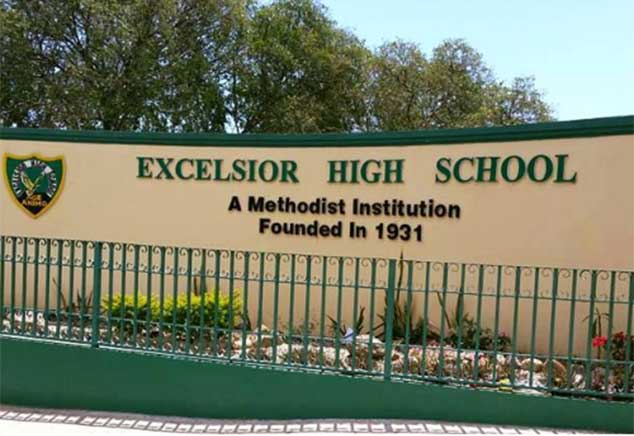
This element of female decorum is underscored by Prof. Errol Morrison in his recollection of Miss Morgan as being the chief enforcer of boys at school staying at arms length from the girls. Morrison tells Jamaica Global Online,
“Although she never taught my class, she was nevertheless the most feared of all the teaching staff because of her no-nonsence reputation. Yet she smiled easily and could be quite a gentle counselor. I recall once referring to her during a drama class as ‘the Pearl that adorned the stage in assembly hall.’
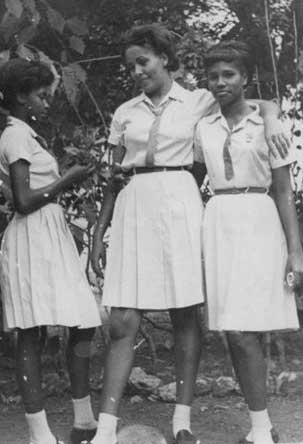
The Disciplinarian
Pearl Morgan’s seemingly stern exterior in fact belied an inner gentle soul that never led her to resort to any other disciplinary measure –not even detensions – beyond a ‘talking to’ usually accompanied by a trade mark wagging right index finger and the mono-syllabic refrain of “No, No, No No.” Morrison recounts a personal encounter with her that is worth sharing:
“In my early years at XLCR while still wearing short pants, I decided to wear brightly coloured socks – a green one on the left foot and a pink one on the right foot as it was only the custom that required one to wear a pair of socks same colour and type on each foot. Miss Morgan promptly intercepted me and quietly in a one-on-one discussion said she understood my stance but it couldn’t be countenanced so glaringly on the campus and ordered me to return home forthwith and to return properly attired……so much for those rebellious days….aaah Miss Pearl.”
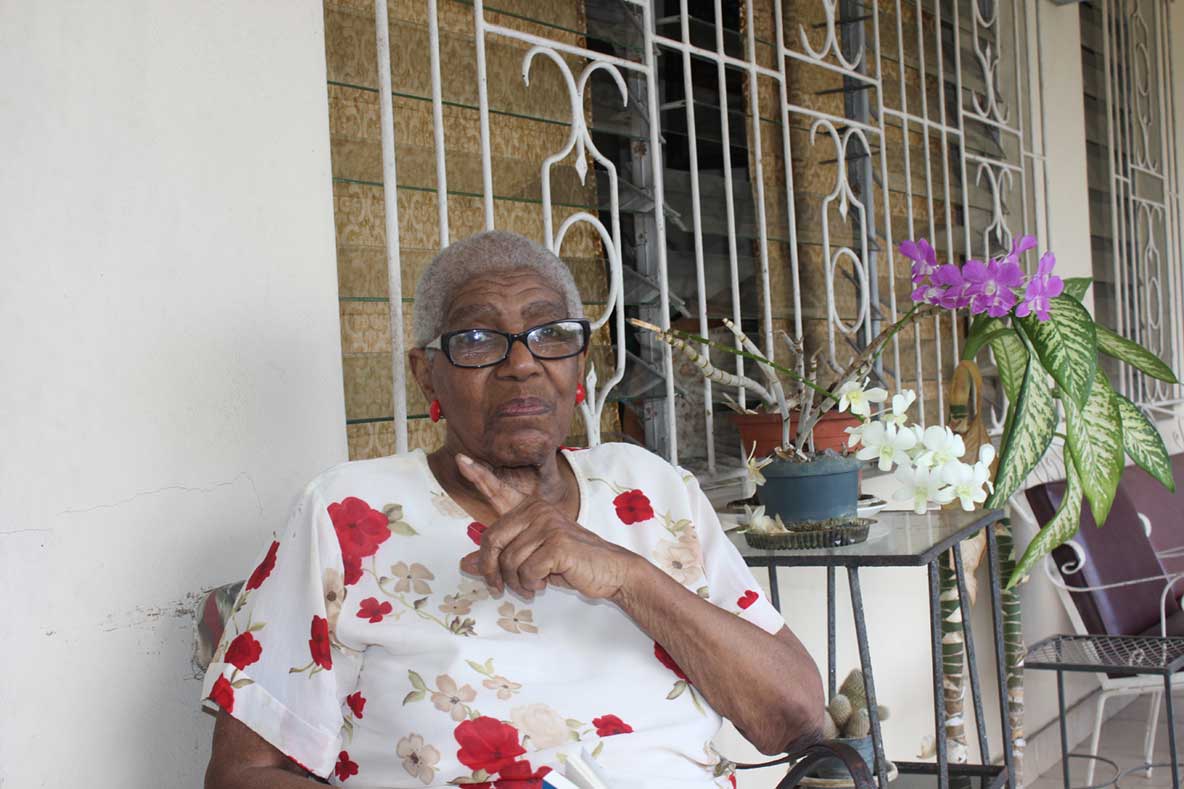
(Note: Errol Morrison later went on to become an outstanding headboy)
For those who did not interact with Miss Morgan in a teacher/student classroom relationship or as a member of the teaching staff it is easy to see her in one-dimensional terms as a feared disciplinarian. Allison Peart who transitioned from student to career teacher, is fortunate to have experienced a more rounded multi-dimensional Pearl Morgan in her role as a mentor guardian and guide, supportive and protective of young teachers. Miss Morgan was also valued as a repository of knowledge and as a ready and reliable source to be consulted for additional teaching materials. Allison especially admired Miss Morgan for her clarity of thought and for the fact that she held strong opinions on a variety of issues and was never afraid to express them. Similar sentiments were expressed by Dr Henry Lowe, scientist and pioneer in the field of medicinal cannabis, who as a young teacher benefitted from Pearl Morgan’s mentorship. “As a young and inexperienced science teacher, Miss Morgan always found the time to counsel me and made it clear that she was always there to help although not with anything to do with science.”
Prof. Errol Miller began his teaching career at XLCR just after his 22nd birthday as a young graduate of what was then the University College of the West Indies (UCWI). He writes:
At that time Excelsior had a pantheon of stars of education on its staff, including Miss Pearl Morgan. She was a senior graduate, head of the History Department and the de facto Vice Principal. She was always calm, steady, unhurried in her gait and unflappable. She was kind to us new and young members of staff. One particular incident with Miss Morgan has stuck in my memory. About a month after taking up the job, two female students came to the staff room and asked for Mr Bradley, the head of the Science department. He was an Englishmen. Miss Morgan who was close to the door received the students who explained that they needed Mr Bradley to settle a dispute over a matter in biology. She informed them that Mr Bradley was not available but Mr Miller had a degree in biology and he could therefore answer their question. The girls took one look at me and promptly turned away from the staff room. Ms Morgan felt bad for me. She probably saw the deflated look on my face. She came, consoled me and apologized for the students , saying they were accustomed to Mr Bradley but would come to know me. From that day and for the five years that I taught at Excelsior, Miss Morgan became someone that I consulted when I needed advice from a more experienced teacher. I have always had a love for History; Miss Morgan was not only a teacher of History, she was an historian. My recollection of Miss Morgan is one of an unassuming, kind, thoughtful, caring, competent and practical individual who was part of the bedrock of Excelsior. Miss Pearl Morgan is salt of the earth Jamaican.
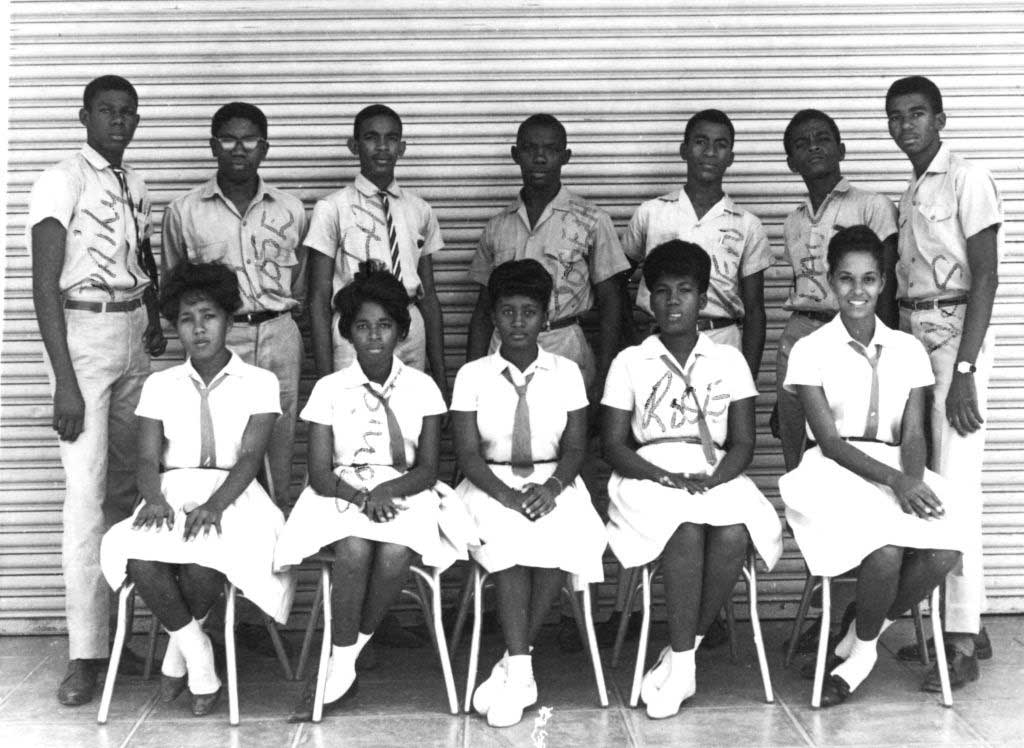
Model Teacher
Although it was her clear choice to have never acquired higher academic qualifications than an undergraduate degree in History with minors in Psychology and Sociology from McGill University and a teaching Diploma from London University’s Institute of Education, Miss Morgan’s love and grasp of history was infectious if not mesmerizing. Publisher, Ian Randle was one of those who fell under her spell and who credits her with influencing him to read for a special honours degree in History from the University of the West Indies. It was not only her grasp of historical processes and the recognition of people as the moving forces of history, but her innovative approach to its teaching. He observes:
“Our morning double period ‘A’ level history classes totaling an hour and twenty minutes were consistently divided equally between wide-ranging discussions of current events usually drawn from the day’s newspaper headlines and the actually syllabus content we were meant to be preparing for the examinations. In this way she not only provided context for the subject but gave her students an appreciation of the contemporary relevance of the study of history through the interconnection between the historical past and current events. Had there been more teachers like Pearl Morgan who were able to present the subject as more than a recounting of the ‘dead’ past, the subject would not be regarded the way it is today as low priority option within the curriculum at all levels.
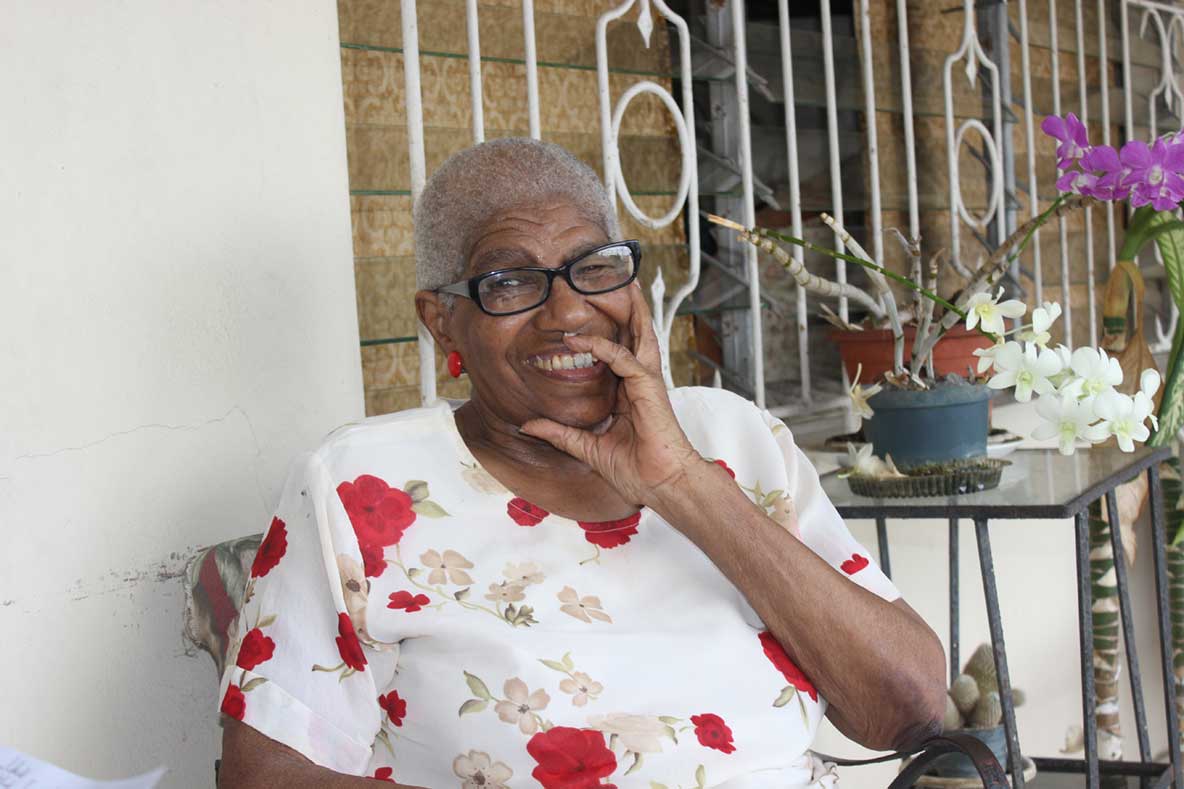
THE LIFE AND TIMES OF CONSTANCE PEARL MORGAN
The Pearl Morgan we know today and the trajectory of her life was determined long before she attained adulthood. The eldest of three children, Pearl was born on May 26, 1924 to father Cleaveland and mother Annie Loretta in Seaforth, St. Thomas. Both parents were trained teachers – father Cleaveland a Mico man and her mother an alumnus of Bethlehem Teachers College. Her two younger siblings, the late Madge Morgan rose to become a judge of the High Court of Jamaica while brother Garth pursued a career as a photographer. The Morgan household was a reading one. Pearl recalls that the Jamaica Times newspaper would come every Friday and in those days, the Institute of Jamaica lent books by post, sending two books at a time. Pearl became an avid reader at an early age. The Morgan family was also staunch Methodists, which according to Pearl, instilled in children a respect for the truth and for elders, but above all a sense of discipline for which she was singled out and expected to be an example as the eldest. And therein lies the genesis of the adult Pearl Morgan’s penchant for the discipline for which she became known and for which she was erroneously feared and typecast. For, as she explained to Jamaica Global Online, the Methodist practice was not to ram discipline into children, but to consistently reinforce it as an essential part of daily life.
School and University
The young Pearl was to experience tragedy early in life when at age 10 her father died just at the time when she would have begun studies to prepare her to sit exams for entry into high school. She not only overcame the trauma of coping with the death of her father but performed brilliantly to be awarded the single scholarship for St Thomas awarded to a child from each parish. She enrolled as a boarder at St Andrew High School for Girls in Kingston, then a relatively new school established in 1925 by the Methodist Church. Enrolment at St Andrew in Pearl’s time was between 80 and 100 with the teaching staff dominated by recruits from England mixed with brown-skinned Jamaicans. Of her teachers Pearl was most enamoured of a Miss Potter who fed her reading habit by lending her books and generally acting as a mentor.
In the colonial times of the 1930s and the 1940s Black Jamaican girls were not encouraged to go to university, hence most of the Jamaican teachers even at St Andrew High School had no higher qualifications than what was termed ‘matric’ – a term probably borrowed from the matriculation qualification for entry to university. It is a little known but significant fact that Pearl Morgan’s brilliance won her a special Jamaica Scholarship in 1941, introduced by J.A.G Smith Snr. to reward students who had attended government elementary school. This paved the way for her entry to McGill University in 1942 where she was to read history, psychology and sociology. By then, Pearl had already settled on her career choice to become a teacher for which she developed a strategic approach. Firstly, there was the choice of a Canadian university in preference to a British one which meant she was able to begin university studies immediately after leaving school instead of having to wait out the ending of the Second World War like many other Jamaicans going to Britain at that time. Secondly, her choice of Psychology and Sociology as minors to accompany her major in History was born out of a philosophy that knowledge of people and an understanding of human behaviour were essential components in the appreciation of historical processes. And thirdly, with the encouragement of her high school mentor, Miss Porter she took an early decision to proceed directly after earning her bachelors degree to qualify for her Diploma in Education at the Institute of Education in London by which time the war had ended. But even that move required advance planning; because her scholarship provided a stipend for three years, she had to economise and ‘stretch’ the 3-year money to cover expenses for the fourth year studying for the DipEd in London which she attained in 1947.
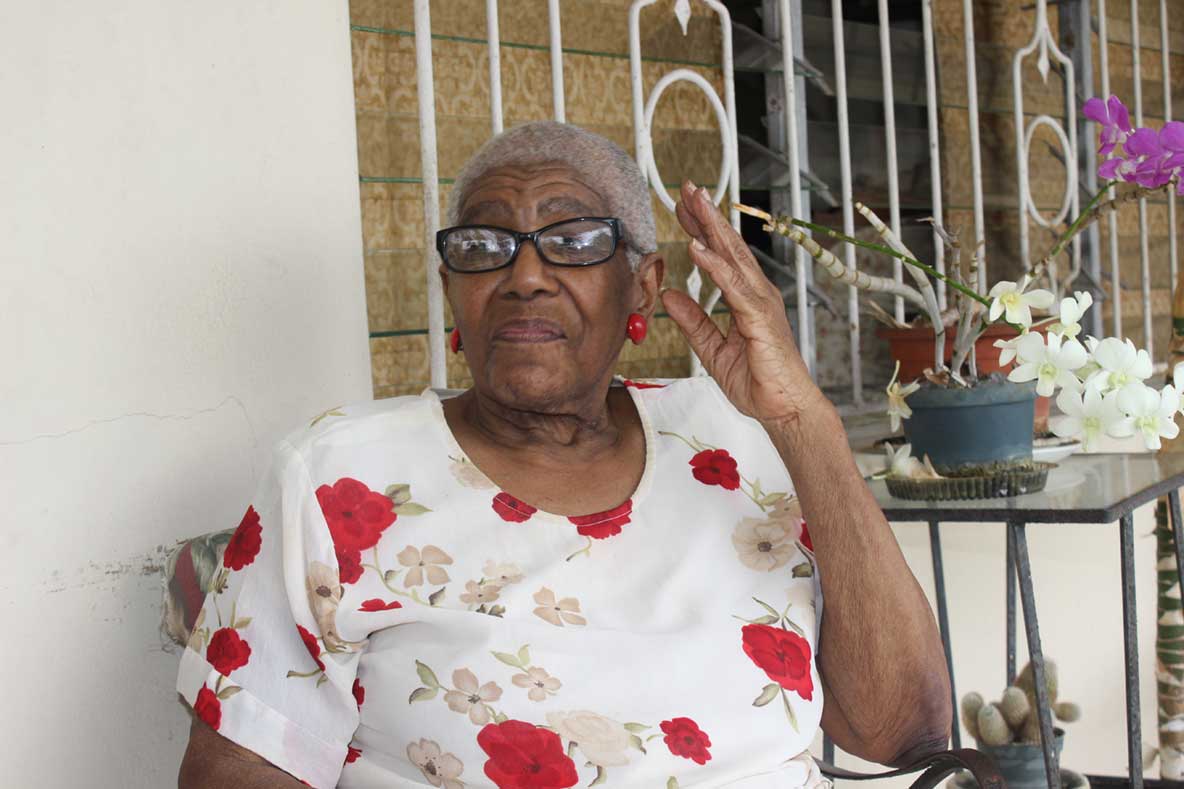
In the immediate post-war years of the 1940s, London and its universities, became the gathering place for scores of West Indian students, who were among the brightest in their respective countries and who on their return were destined to lead the nationalist and anti-colonial movements, largely initiated by them as part of the celebrated West Indian Students Union. Names like Barbadian Errol Barrow, Guyanese Forbes Burnham and Elsa Goveia and Jamaicans Michael Manley, Dudley Thompson, G. Arthur Brown and Lucille Mathurin-Mair were active participants in the movement which was like a right of passage for virtually all future leaders of the Caribbean region. One can speculate why Miss Morgan never became caught up in the movement; for one, she was in London for a shorter period than the others, which did not allow her time to develop friendships and wide-ranging extra-curricular activities. A more likely explanation was Pearl’s single-minded determination to execute her strategy of completing her training and return to Jamaica as soon as possible, find work and help to support her family.
At the Institute of Education she came under the influence of tutor historian Dr Shirley Gordon who in a reverse of that influence, soon followed Pearl to Jamaica to help establish the Institute of Education at the UWI. Pearl acknowledges the pivotal role that Shirley Gordon played in later changes to the Cambridge University-administered West Indian history syllabus and in the training of a new generation of local teachers to deliver the curriculum and in teacher training generally. Shirley Gordon is best known as one of the authors of the seminal student text The making of the West Indies published which for many years was the standard text for students preparing for the ‘O’ Level examination in West Indian history.
Pearl’s return to Jamaica and the execution of her strategy did not go as planned because she was to spend several months idle, waiting for a teaching position to open – anywhere. One did eventually open at Westwood High School in Trelawny where she was to spend two years at the Baptist –sponsored all girls institution until A. Wesley Powell interviewed and offered her a job at Excelsior in 1951. She was to spend the remaining 33 years of her active teaching life at Excelsior.
Of those 33 years, for Miss Morgan the decade of the 1960s was her most exciting and enjoyable; this is not surprising. It was, after all, the decade of Independence and the inception of a new nation and Miss Morgan was conscious of the pivotal role she was required to play in the education and character moulding of a new generation who were to assume leadership positions in all spheres of national life. More than anyone else of her generation Constance Pearl Morgan approached her teaching as a conscious act of decolonization that extended beyond the formal curriculum and the physical confines of the classroom. This is the true essence of Pearl Morgan’s contribution to post-independence education in Jamaica. No soapbox grandstanding, no pressure group politics, no desire for office or accolades of any kind. Her work was in the trenches, influencing the hearts and minds of generations of students who came under her guidance. In this regard, Pearl Morgan can be regarded as an unsung heroine and arguably one of the most underappreciated and unrecognized educators and nation builders of her generation.
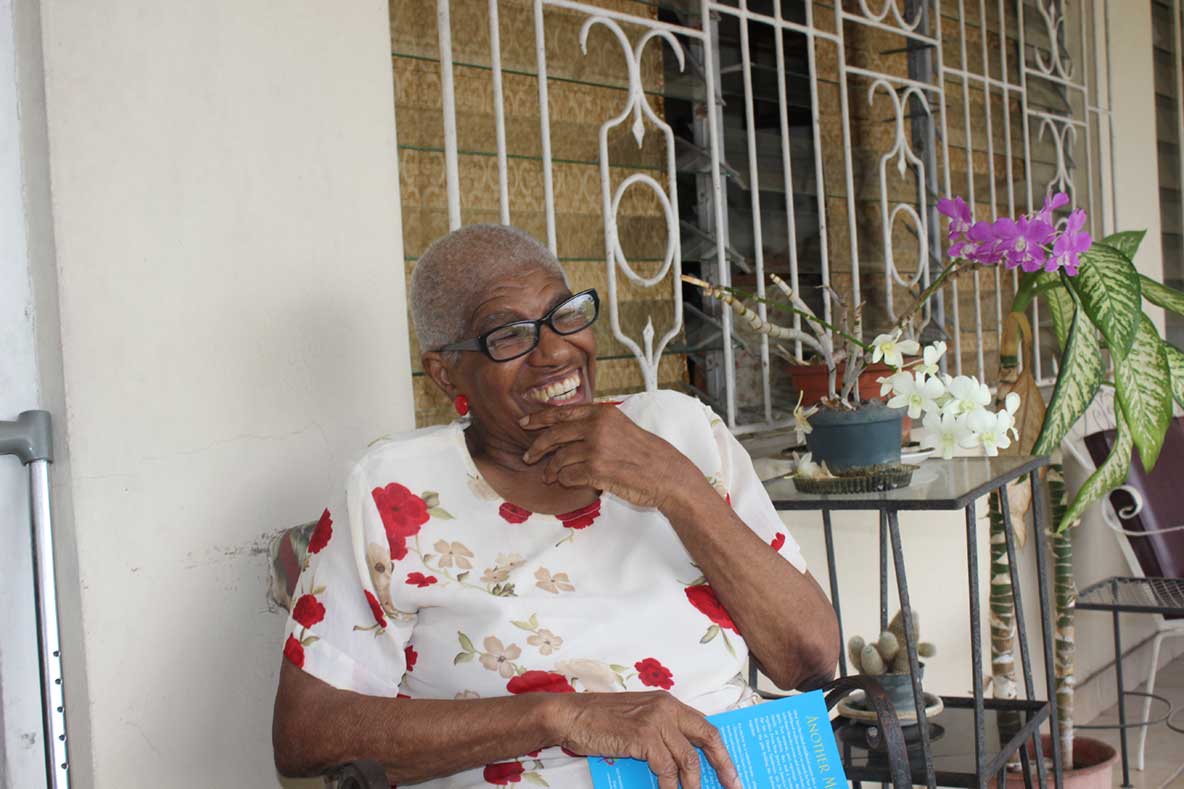 Back in 1942, as one of Jamaica’s brightest students, Pearl Morgan had the intellectual capacity to become whatever she wanted to be. Jamaica Global Online put it to her that given her undeniable intellectual brilliance, she might be regarded as an under-achiever. Perhaps, Miss Morgan reluctantly admits, but quickly added that throughout her adult life she had never wanted to be anything else but a teacher and desired nothing greater or any more of an elevated position for herself beyond the moulding of minds and the mentoring of young teachers. She became more convinced of this when on retiring as Vice-Principal of the high school she was asked to step into what she thought would have been a short-term appointment as Director of EXED – the equivalent of an 2-year college incorporating the original 6th form. It is not that she didn’t feel qualified to handle the assignment because in the late 1960s she had in fact pursued post-graduate studies in Educational Administration. But she didn’t like administration. Pearl wanted to be a teacher. She toughed it out for two years before finally giving up.
Back in 1942, as one of Jamaica’s brightest students, Pearl Morgan had the intellectual capacity to become whatever she wanted to be. Jamaica Global Online put it to her that given her undeniable intellectual brilliance, she might be regarded as an under-achiever. Perhaps, Miss Morgan reluctantly admits, but quickly added that throughout her adult life she had never wanted to be anything else but a teacher and desired nothing greater or any more of an elevated position for herself beyond the moulding of minds and the mentoring of young teachers. She became more convinced of this when on retiring as Vice-Principal of the high school she was asked to step into what she thought would have been a short-term appointment as Director of EXED – the equivalent of an 2-year college incorporating the original 6th form. It is not that she didn’t feel qualified to handle the assignment because in the late 1960s she had in fact pursued post-graduate studies in Educational Administration. But she didn’t like administration. Pearl wanted to be a teacher. She toughed it out for two years before finally giving up.
Full retirement from teaching and administration allowed her to pursue her only other passion from childhood days – books and librarianship. Gloria Salmon who was Director of the Jamaica Library Service between 1990 and 2000 remembers the difference Miss Morgan made to the service of the library when she became attached to the Reference section of the Kingston and St Andrew Parish Library on Tom Redcam Avenue. The combination of her technique as an experienced teacher, her knowledge of what people needed and where to locate the best sources of information, made her an indispensable addition to the Library’s staff even though most of her tenure there was on a part-time basis. Miss Salmon echoes the continuous theme common to anyone who has come into contact or worked with Pearl Morgan whether as errant student, young inexperienced teacher or library colleague, that is the warm and gentle manner in which she provided assistance to users of the library. Henry Lowe’s prouncement that “She was a model teacher whose long life could be her blessing for a kind and supportive attitude and personality” is most appropriate in this context.
How does a 95 year-old spend her days? Typically after reading the day’s newspapers Pearl gets down into one of the books she still borrows from the Kingston and St Andrew Parish Library although increasingly she finds the range they provide less and less appealing. She listens to music – not dancehall she is quick to point out – but she likes conscious reggae and of course the music of classical composers especially, Mozart. She watches TV and likes ‘The Talk” and also “Judge Judy” because the latter mirrors so many of the domestic situations she reads about here at home; and for news and discussion of current international affairs she likes MSNBC. She devoured the recently published book Truth Be Told: Michael Manley in Conversation in a matter of days. For her its contents both elevated her spirit on the one hand by the power and consistency of his vision for Jamaica, and on the other hand emphasized what for her is the seeming lack of vision among those who now occupy leadership roles both in the Party and the country.
Never the pessimist, Pearl Morgan still believes Jamaica will eventually find its way.


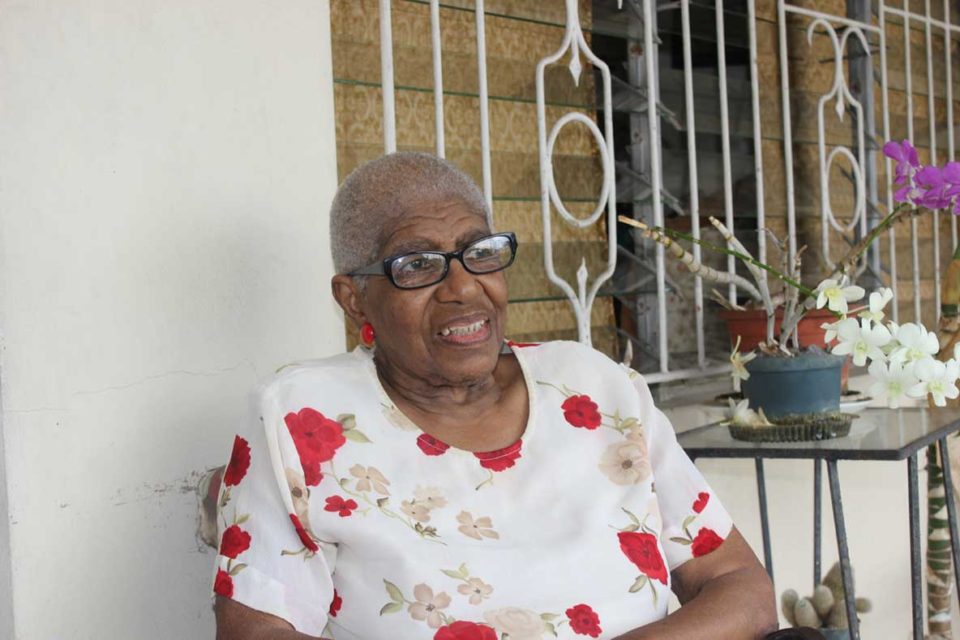
BE CAREFUL, NOT FEARFUL: ADVICE TO RETURNING RESIDENTS AND VISITORS